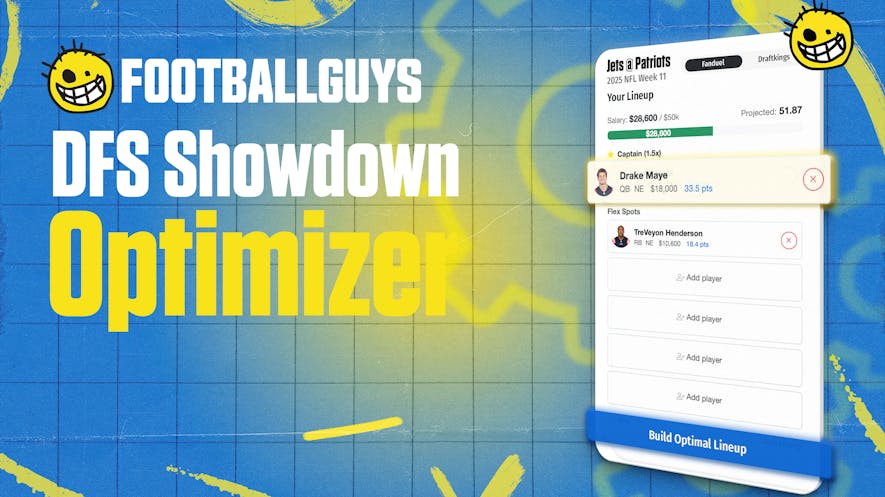Much of fantasy football's in-season team strategy centers around which players to pick up from the waiver wire or to target in the trade market. However, roster spots are a premium (and finite) resource. Cutting a player - or adding them to a trade - opens a roster spot for a key waiver wire addition or the flexibility to keep a currently injured player through a missed game or two. Here are the key players to cut or trade after Week 1:
*Roster Rate references data collected from myfantasyleague.com leagues*
Shallow Formats
*15-18 roster spots*
QB Tua Tagovailoa, Miami
Why: There is blood-in-the-water potential for the Dolphins in the next few weeks. They laid the proverbial egg in Week 1, and the Patriots and Bills are next up. Tyreek Hill and Jaylen Waddle both exited last week's game at various points with injury and Tagovailoa averaged 8.1 yards per completion. The big plays and vertical passing game were definitely not back in the season's opening game for Miami. Tagovailoa is off the streaming radar in 1QB formats until further notice.
RB Aaron Jones Sr., Minnesota
Why: The backfield split for Aaron Jones Sr. was concerning at best in Week 1. Even with a negative game script for much of the time against Chicago, Jones had 35% of the rushing market share and 52% of the team routes. Jordan Mason was the clear preferred option on the ground, and Jones was fortunate to score more than 13 fantasy points through the air, thanks largely to a chunk touchdown. Jones is a glaring sell candidate after his RB12 finish in Week 1.
TE Pat Freiermuth, Pittsburgh
Why: The tight end committee is in full effect for Pittsburgh with the addition of Jonnu Smith in the offseason. Also, the presence of a relevant WR2 was a question mark in the offseason. However, Calvin Austin III stepped up in Week 1 and looks like a limiting factor towards the tight end production, currently split between Freiermuth and Smith. The benefit of holding (or preferring) Jonnu Smith over Freiermuth is the designed touches and goal-line usage for Smith to make up for the lack of predictable volume for either option.


